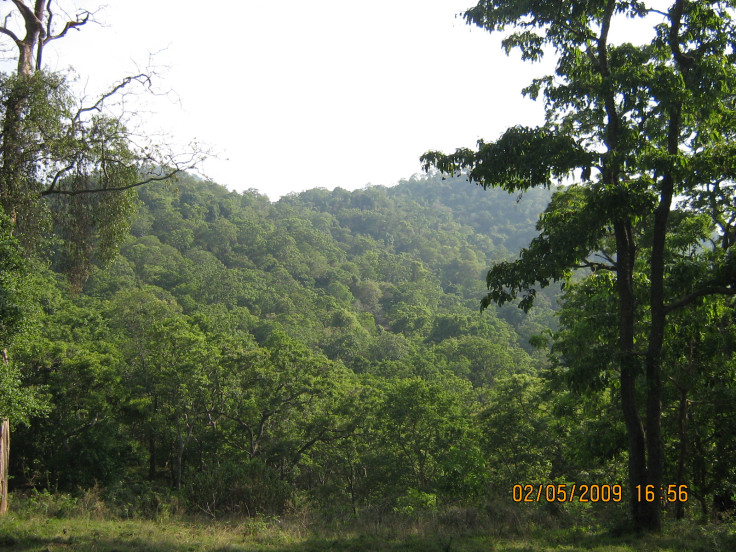Much more carbon will be released than absorbed on warming planet

Computer simulations give more than an edge to thawing permafrost over plant growth in the carbon showdown on the planet.
Scientists from the US Department of Energy's Lawrence Berkeley National Laboratory (Berkeley Lab) compared the two opposing effects on the planet's carbon cycle to conclude that a lot more carbon will be released from thawing permafrost than the amount taken in by Arctic vegetation.
As the planet heats up and the high-latitude regions warm, plants in the region will grow more quickly, which means they'll take in more carbon from the atmosphere.
But the rising mercury will also be thawing permafrost and in the process release enormous amounts of long-frozen carbon into the atmosphere.
The Earth system model used was the first to represent permafrost processes as well as the dynamics of carbon and nitrogen in the soil.
It showed that under current trends, by the year 2300 the net loss of carbon to the atmosphere from Arctic permafrost would range from between two years and 16 years of human-induced CO2 emissions.
The model incorporated nitrogen dynamics in the model. As permafrost thaws, nitrogen trapped in deeper soil layers will decompose and become available to fertilise plants. But alongside will be the organic carbon which will also decompose and enter the atmosphere.
"The big question has been: Which side wins? And we found the rate of permafrost thaw and its effect on the decomposition of deep carbon will have a much bigger impact on the carbon cycle than the availability of deep nitrogen and its ability to spark plant growth," says Charles Koven of Berkeley Lab's Earth Sciences Division.
Nitrogen's relatively small impact was owing to the fact that it is found at depths which are reached in the fag end of summer and onset of winter by when few plants are left to be fertilised.
The researchers note that more work is needed to understand the dynamics of carbon decomposition on the surface and in depths.
They also acknowledged the uncertainties in the science with the big difference in carbon figures, ranging between 21 billion tonnes and 164 billion tonnes.
The work was published in the Proceedings Of The National Academy of Sciences.
Greenhouse gases and global warming
Permafrost is a source of methane, made of perennially frozen ground occurring in about 24% of the exposed land surface in the Northern hemisphere and Antarctica.
It contains around 1,700 billion tonnes of carbon in the form of frozen organic matter, almost twice as much carbon as currently in the atmosphere, notes UNEP.
The world, meanwhile, has less than 1,000 billion tonnes of emissions that can be emitted before irreversible climate change sets in. On an average, around 35 billion tonnes of carbon dioxide is emitted every year.
Net global emissions of carbon must drop 40-70% by 2050, hitting zero by the end of the century, the IPCC has said.
This will mean limiting carbon dioxide levels in the atmosphere to 450 parts per million (ppm) by 2100. At present it hovers around 400ppm.
© Copyright IBTimes 2025. All rights reserved.





















